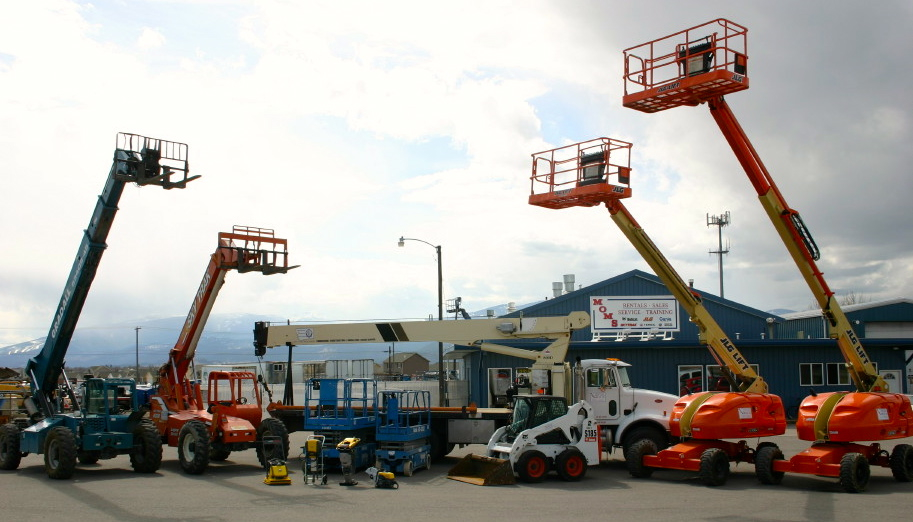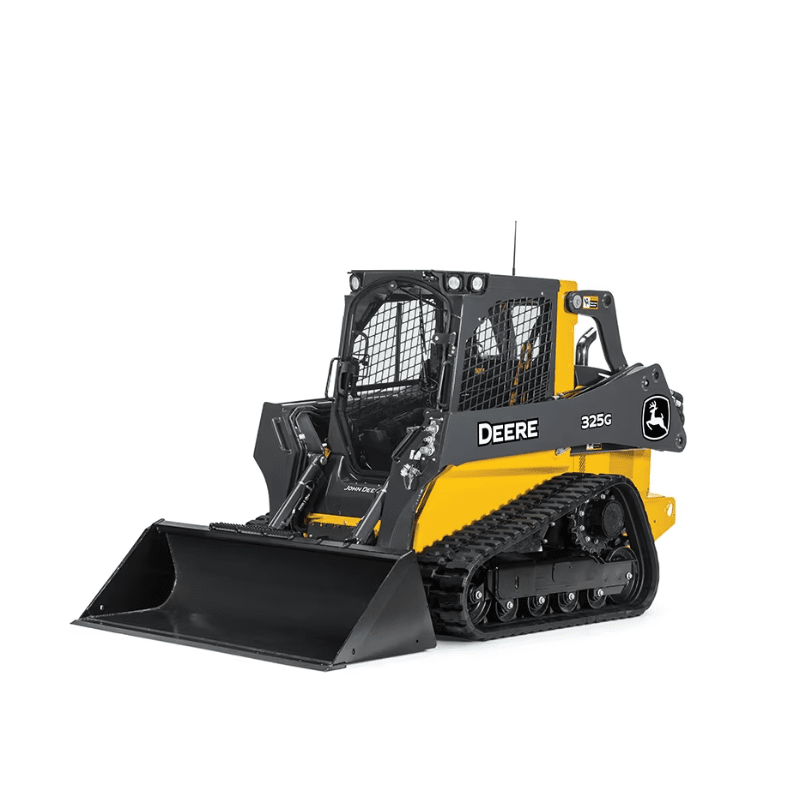Optimize Your Spending Plan by Comprehending the Costs Related To Construction Tools Leasings
Understanding the full scope of expenses connected with building and construction equipment rentals is important for maximizing your budget. What approaches can be used to effectively handle these prices and make sure a more reliable rental experience?
Summary of Rental Expenses
When taking into consideration building and construction equipment leasings, comprehending the linked prices is vital for effective budgeting and task preparation. Rental prices can differ significantly based upon a number of aspects, consisting of devices kind, duration of rental, and area. The first rental fee usually shows the tools's market demand and its connected operational capacities, affecting the general cost.
In addition to the base rental rate, secondary prices might arise, such as transportation costs, fuel additional charges, and upkeep fees. It is important to make up these extra expenses to properly analyze the complete cost of leasing tools. Furthermore, the rental period can impact prices; longer leasings may get approved for reduced rates, while temporary leasings might incur greater everyday charges.

Malfunction of Rental Prices
An extensive understanding of rental rates is vital for specialists and task managers intending to maximize their budgets. Rental rates for building equipment normally contain numerous parts, including base prices, time-based costs, and use costs.
Base prices are the core fees connected with the service of the devices, frequently identified by the kind and size of the equipment. These rates can vary substantially, influenced by elements such as tools need, accessibility, and regional market fads. Time-based fees, which may be daily, weekly, or monthly, serve to suit different project timelines and rental periods.
Additionally, rental rates may consist of use charges, which are relevant when tools is used past a specified limit, making certain that the rental firm can represent damage. Seasonal demand changes can additionally affect rental prices, with peak building seasons generally commanding greater prices.
Moreover, understanding the rental company's policies pertaining to maintenance and insurance coverage can offer additional insight right into the overall expense framework. By assessing these elements, contractors can make educated choices, ensuring the choice of rental tools aligns with both project requirements and spending plan restraints.
Added Costs to Think About
Understanding the ins and outs of extra fees is critical for specialists to manage their general leasing expenses efficiently. Past the typical rental prices, numerous supplemental costs can substantially affect the overall price of devices rental. These fees often include shipment and pick-up costs, which can vary based upon range and logistics associated with moving the tools to and from the task site.
Furthermore, some rental firms might impose gas surcharges if the equipment is returned with much less gas than when rented out. It is likewise important to know prospective cleaning charges, particularly for customized devices that requires comprehensive maintenance after use.

Extensively evaluating the rental arrangement and clarifying these extra fees upfront can help specialists ensure and stay clear of unexpected expenses that spending plans stay undamaged throughout the task lifecycle.
Maintenance and Repair Expenses
Regular repair and maintenance expenses are often ignored variables that can dramatically influence the overall expense of building and construction tools rentals. When renting out devices, it is critical to take into consideration not just the rental charges yet likewise the potential expenses related to keeping the equipment in ideal operating condition.
Numerous rental firms consist of basic maintenance as part of the rental arrangement; nonetheless, much more unanticipated failures or comprehensive repairs can lead to added costs. It's vital to examine the rental agreement very carefully to recognize what upkeep services are covered and what duties drop on the occupant.
Moreover, equipment that is not well-kept can cause ineffectiveness at work website, possibly causing delays and increasing project prices. To mitigate these dangers, it is recommended to conduct regular examinations and maintain open interaction with the rental service provider concerning any concerns that develop throughout use.
Insurance and Responsibility Expenses
Insurance policy and liability prices are important components that can substantially impact the general cost of building and construction equipment services (forklift rental). These prices guarantee that both the rental company and the customer are protected from possible economic losses emerging from crashes, damage, or theft throughout the rental duration

In addition, clients ought to be conscious of any deductibles or exclusions in the insurance coverage, as these can influence possible out-of-pocket costs. Recognizing the conditions of any kind of insurance policy coverage is essential to prevent unforeseen costs. Ultimately, budgeting for insurance and obligation costs can help make sure a smoother rental experience and secure versus monetary dangers connected with construction tasks.
Conclusion
Finally, a detailed understanding of the costs connected with building devices leasings is crucial for efficient budget administration. By evaluating rental rates, added costs, maintenance costs, and insurance companies, demands and individuals can reduce unexpected expenses. This strategic method not only enhances cost-effectiveness however likewise makes certain that tasks proceed smoothly and go to website effectively. Eventually, informed decision-making concerning equipment services adds to the general success of building and construction undertakings.
Rental expenses can differ dramatically based on several factors, consisting of tools kind, duration of service, and place (boom lift rental). The rental duration can impact pricing; longer services might certify for discounted rates, while short-term rentals could sustain greater day-to-day costs
By conducting thorough study and involving with reputable rental business, contractors can successfully navigate the complexities of rental pricing, ultimately maximizing their financial resources.
Beyond the standard rental prices, various supplemental charges can considerably impact the total price of tools leasing. Rental business often offer responsibility insurance that covers injuries to 3rd parties or damages to residential or commercial property, while devices damage insurance coverage can cover the cost of repairs or substitute if the rented tools is harmed.